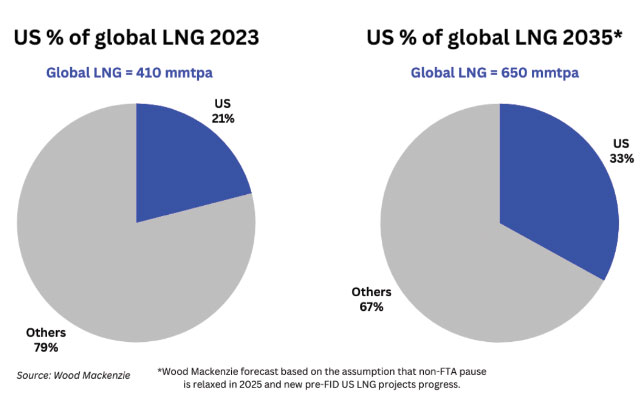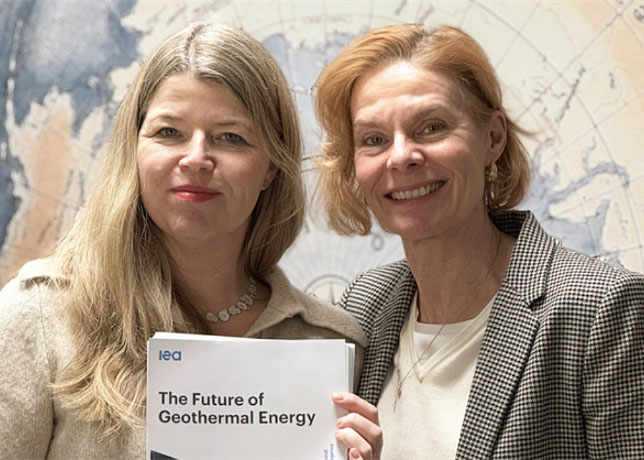

A recent study by Wood Mackenzie, commissioned by the Asia Natural Gas and Energy Association (ANGEA), highlights that coal use and emissions from power generation in Asia will significantly rise unless there is a substantial increase in US liquefied natural gas (LNG) supply. The study, which projects energy demand and gas needs through 2050, finds that continued growth in US LNG production is vital to providing an affordable alternative to coal, which remains the dominant electricity source in many Asian countries.
Wood Mackenzie forecasts that LNG demand from Asia will grow from 270 million tons in 2024 to 510 million tons in 2050, driven by economic and population growth. However, if US LNG exports are not expanded, Asia may face higher LNG prices, making it difficult for countries like Bangladesh, Vietnam, and Indonesia to transition from coal to gas. If LNG prices rise, coal use could increase by 95 million tons by 2035, resulting in an additional 100 million tons of CO2 emissions annually, hindering Asia’s climate goals.
The study also stresses the complexity of transitioning to renewable energy in Asia, with countries facing challenges like grid limitations, land acquisition issues, and low wind speeds in some regions. While LNG is expected to play a strong role in reducing emissions, especially in South and Southeast Asia, the growth in LNG demand will need to be balanced with renewable energy investments to meet rising energy needs and climate targets.











































































